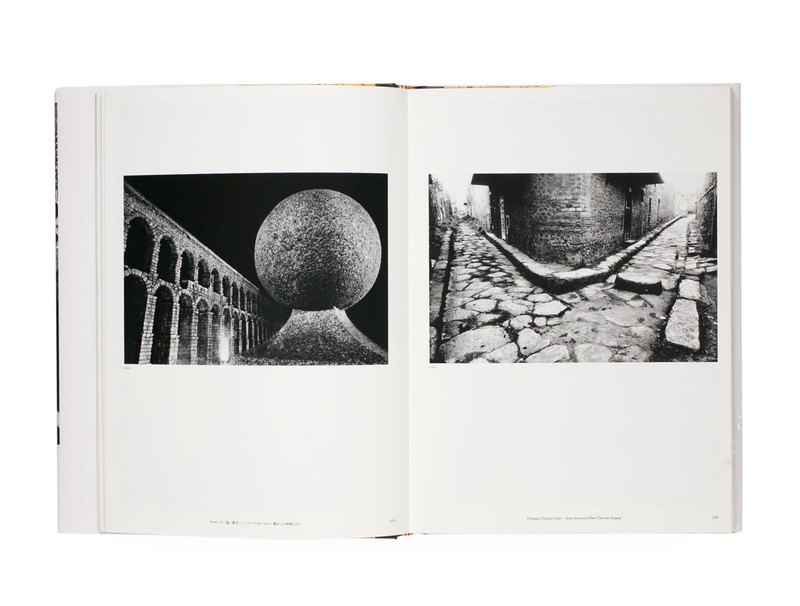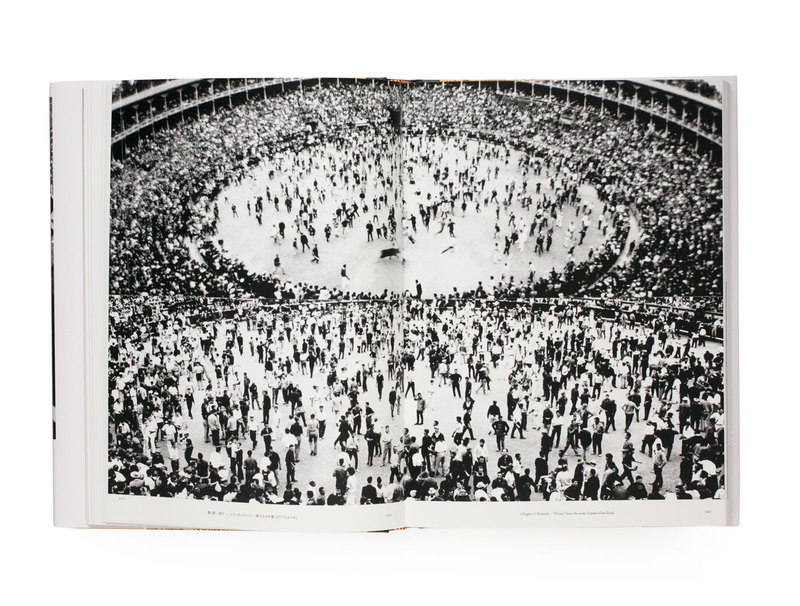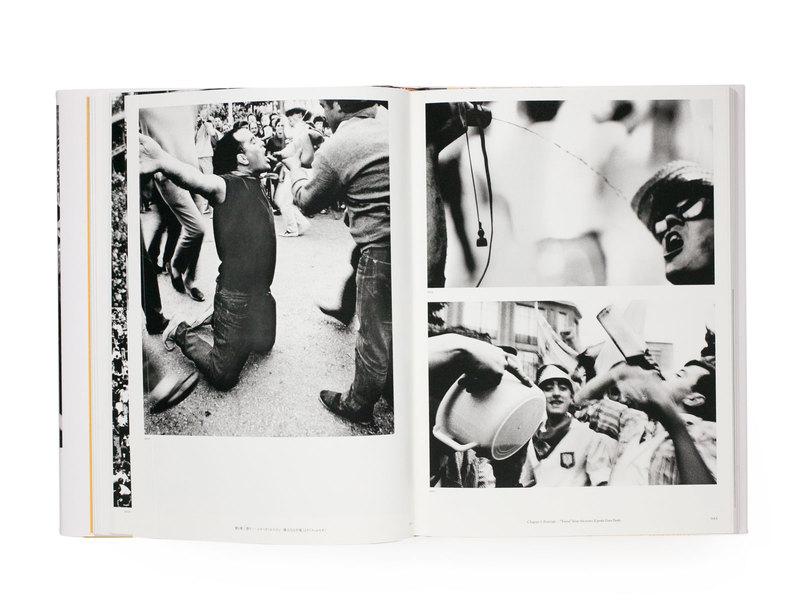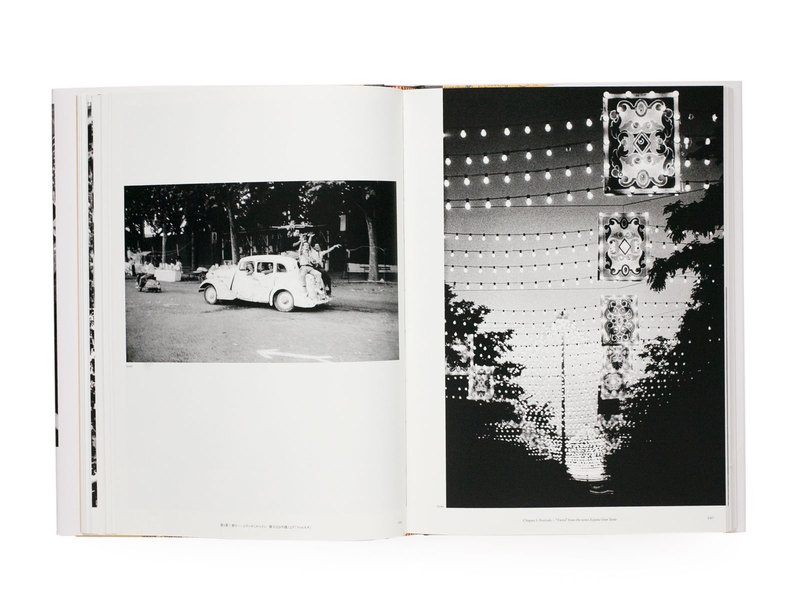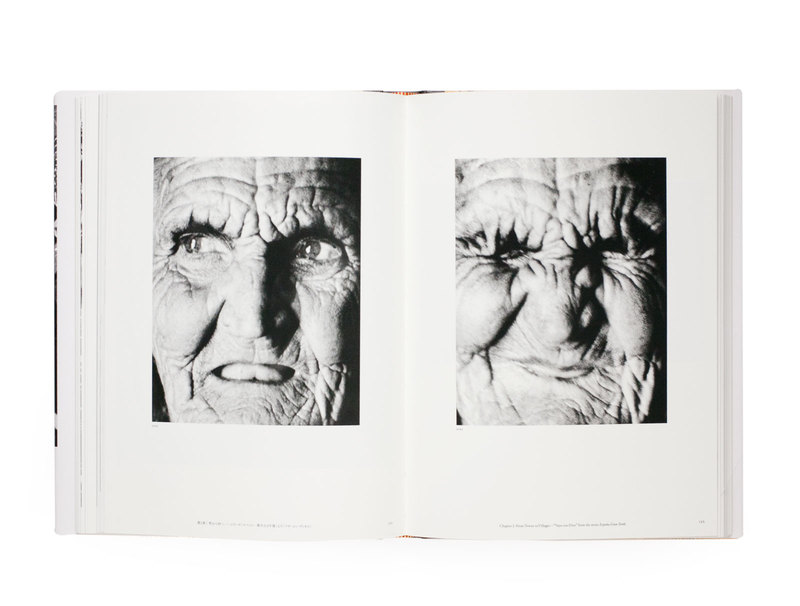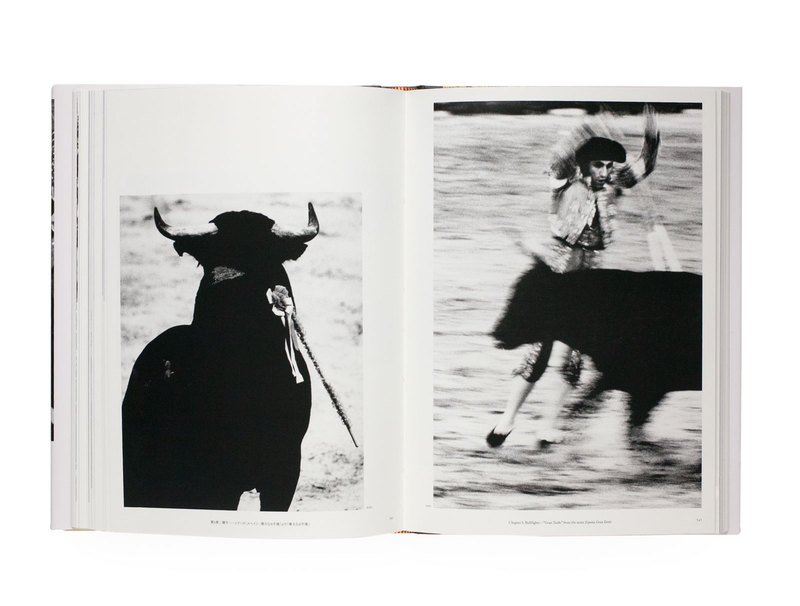La vision particulière de l’Espagne de Ikko Narahara.
Publié dans le catalogue officiel de l’exposition du Setagaya Art Museum du même titre, « The Promised Journey to Spain » (du 23 novembre 2019 au 26 janvier 2020) rassemble les photographies qu’Ikko Narahara a prises pendant son séjour en Europe entre 1962 et 1965. Narahara, qui s’est fait connaître à la fin des années 1950, a visité l’Espagne à plusieurs reprises au cours de son voyage à travers le continent européen. Les photographies qu’il a prises ont été rassemblées dans une série intitulée « España Gran Tarde » et mettent en valeur l’œil brillant de Narahara pour la composition, la mise en scène et la narration à travers la photographie. Ce catalogue présente 135 images de « España Gran Tarde », ainsi que 15 autres photographies de la série « Where Time has Stop » de Narahara, et s’efforce de fournir un contexte et une explication pour la création de la série, les arrière-plans des photographies. L’approche de Narahara et le contexte historique, avec des documents connexes ainsi que de nombreux essais (en japonais et en anglais). Le catalogue met également l’accent sur la collaboration de Narahara avec le graphiste Mitsuo Katsui ; textes de Ikko Narahara, Tadayasu Sakai, Keiko Narahara, Mitsuo Katsui et Miki Tsukada, photos en n.b.
Early Ikko Narahara’s unparalleled vision of Spain.
Published as the official catalogue of the Setagaya Art Museum exhibition of the same title, “The Promised Journey to Spain” collects photographs Ikko Narahara has taken during his time in Europe between 1962 and 1965.
Narahara, who had entered the spotlight in the late 1950s, visited Spain several times during his journey across the European continent. The photographs he shot were collected in a series called “España Gran Tarde” and showcase Narahara’s brilliant eye for composition, drama and storytelling through photography. This catalogue presents 135 images from “España Gran Tarde”, as well as 15 further photographs from Narahara’s series “Where Time has Stopped”, and goes to great lengths to provide context and explanation for the series’ creation, the photographs’ backgrounds, Narahara’s approach and the historical background, featuring related materials and documents as well as many essays (in Japanese and English translation). The catalogue also focuses on Narahara’s collaboration with graphic designer Mitsuo Katsui.



